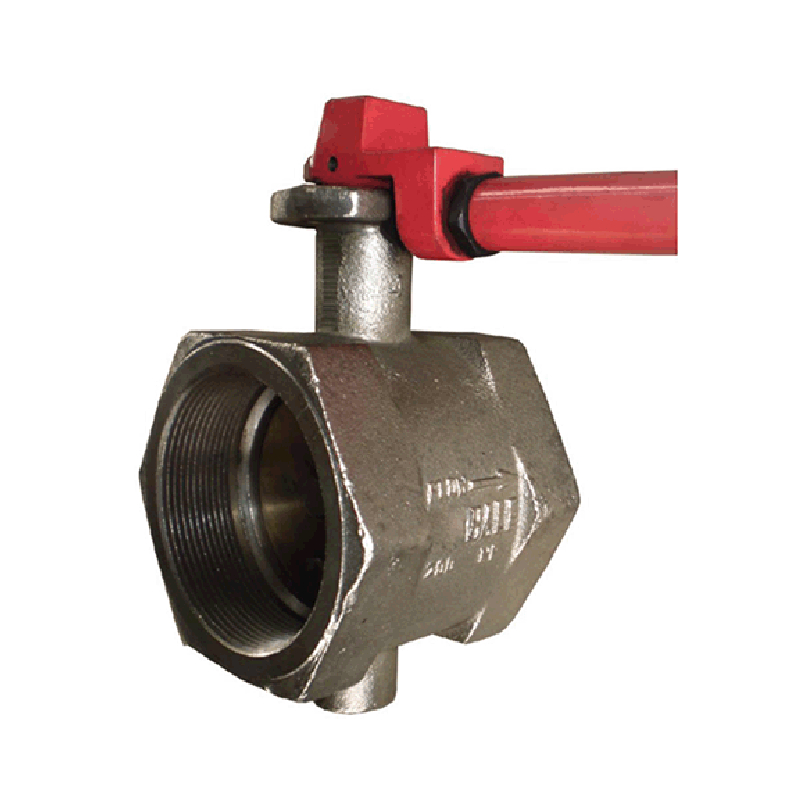Dec . 10, 2024 17:52 Back to list
foot valve
Understanding the Foot Valve An Essential Component in Fluid Mechanics
Foot valves play a crucial role in various fluid management systems, particularly in pumps and wells. As a type of check valve, the foot valve is specifically designed to maintain the prime of a pump by preventing the backflow of fluid. This article delves into the role, design, operation, and applications of foot valves, highlighting their significance in fluid mechanics.
What is a Foot Valve?
A foot valve is typically installed at the bottom end of a suction line that feeds water or other fluids into a pump. Its primary function is to ensure that the pump remains primed by preventing backflow when the pump is turned off. This one-way valve allows fluid to flow into the pump while blocking the reverse flow, ensuring that the system remains efficient and effective.
Design and Components
The design of a foot valve is relatively straightforward, yet every component plays a vital role in its operation. The main components of a foot valve include
1. Valve Body The primary structure housing all other components. It is usually constructed from durable materials like brass, stainless steel, or plastic, depending on the application. 2. Strainer Attached to the inlet of the foot valve, the strainer filters out debris and prevents it from entering the pump, which could cause damage or clogging.
3. Ball or Flapper Valve The mechanism that allows for the one-way flow of fluid. A ball valve consists of a spherical ball that seals against a seat when back pressure is applied, while a flapper valve utilizes a hinged flap that closes off the opening when fluid attempts to flow backward.
Operating Principle
foot valve

When the pump operates, it creates a vacuum that draws fluid through the foot valve. As fluid enters, the pressure difference allows the ball or flapper to lift, enabling fluid to flow into the pump. When the pump is switched off, the pressure on the discharge side drops, and the foot valve immediately closes, preventing the fluid from flowing back into the source. This operation is crucial as it minimizes the risk of pump cavitation and ensures the longevity of the pump system.
Applications of Foot Valves
Foot valves are commonly used in various applications, including
- Wells In water well applications, foot valves are employed to maintain the water level in the suction line, ensuring consistent supply when the pump is operational. - Irrigation Systems In agricultural settings, foot valves facilitate water uptake from groundwater sources, providing a reliable water supply for crops. - Industrial Processes In manufacturing, foot valves help control fluid movement in process systems, ensuring efficient production and operation.
Maintenance and Considerations
While foot valves are generally durable, regular maintenance is essential to ensure optimal performance. Common issues include debris accumulation in the strainer, which can hinder fluid flow, and wear of the sealing surfaces in the valve mechanism. Routine inspections, along with cleaning and occasional replacement of the foot valve, can extend the life of the system.
When selecting a foot valve, it is crucial to consider factors such as the type of fluid being handled, the required flow rate, degree of pressure, and compatibility with existing equipment. Choosing the right foot valve can significantly affect the efficiency and reliability of a pumping system.
Conclusion
In summary, foot valves are indispensable components in many fluid handling systems, from residential water wells to large-scale industrial applications. Their ability to maintain pump prime and prevent backflow is critical for ensuring efficient and effective operation. By understanding their function, design, and maintenance needs, users can better appreciate the role of foot valves in modern fluid mechanics and optimize their systems for peak performance. Investing in quality foot valves and adhering to maintenance schedules will not only enhance system reliability but also reduce long-term operational costs.
Share
-
Reliable Wafer Type Butterfly Valves for Every IndustryNewsJul.25,2025
-
Reliable Flow Control Begins with the Right Ball Check ValveNewsJul.25,2025
-
Precision Flow Control Starts with Quality ValvesNewsJul.25,2025
-
Industrial Flow Control ReliabilityNewsJul.25,2025
-
Engineered for Efficiency Gate Valves That Power Industrial PerformanceNewsJul.25,2025
-
Empowering Infrastructure Through Quality ManufacturingNewsJul.25,2025